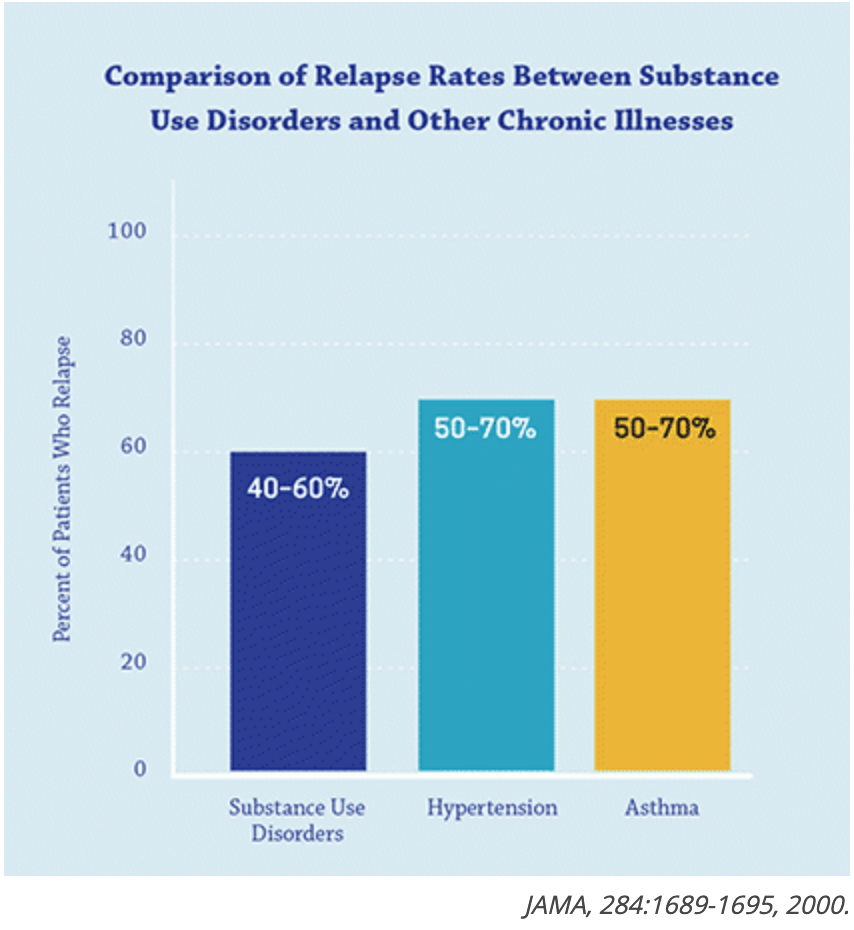Drug Environment

Opioid misuse and addiction represent an alarming national health issue with 40 to 60 percent of patients relapsing after periods of abstinence. Long term maintenance of associations between the reinforcing effects of the drug and the environment in which they are administered are a leading cause of relapse. Indeed, exposure to the “drug-environment” can lead to drug cravings and drug seeking behavior.
The Dorsal Hippocampus
Numerous studies indicate that glutamatergic transmission in the dorsal hippocampus (dHPC) is crucial for the formation of the learned associations between the rewarding effects of opioids and the context in which they are given. Additionally, dHPC projects to nucleus accumbens, a key area for processing of cue-predicted reward related behaviors.
Our emerging understanding of how opioid-induced synaptic plasticity forges enduring associations between drugs and the context in which they are used is critical to addressing relapse and reinstatement of drug-seeking behavior. Previous work by our group has identified increased medium after-hyperpolarization current mediated by SK2 calcium-gated potassium channels after context-dependent locomotor sensitization to morphine.
Current Projects
We are now investigating how SK2 channel function drives morphine-conditioned place preference and the dynamics of dorsal hippocampal activity during contextual memory formation and recall.
We hypothesized that dHPC is necessary for relapse in drug seeking behaviors induced by drug-associated contextual cues. To assess the role of dHPC in reinstatement of opioid drug-seeking we utilize operant opioid self-administration behavioral paradigm in combination with chemogenetics and memory-related behaviors.
In addition, using viral approaches and immunohistochemistry we are further mapping the exact inputs onto dHCP which are driving contextual-cue induced reinstatement of drug-seeking.
Written by Tamara Markovic and Dominka Burek.